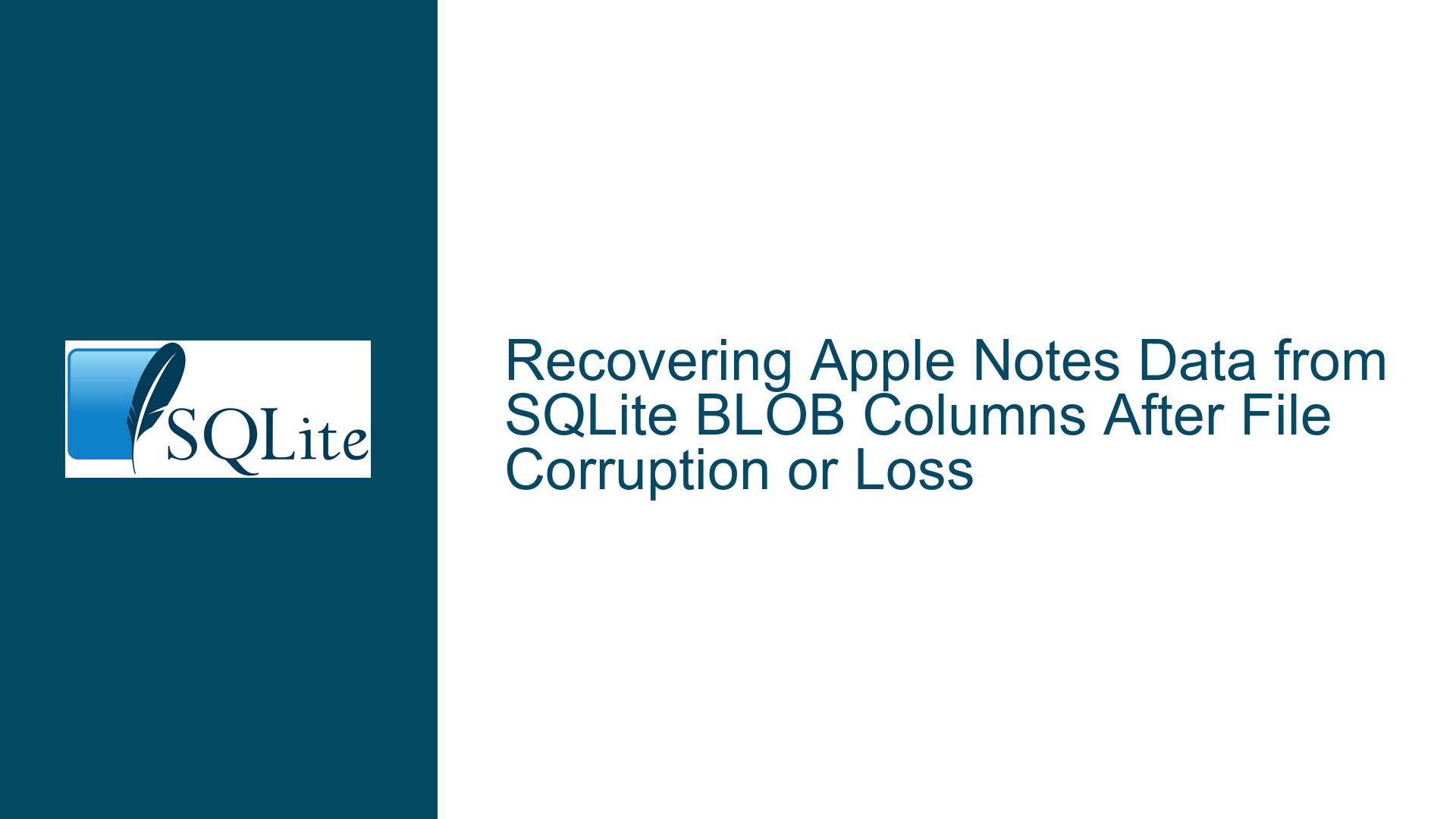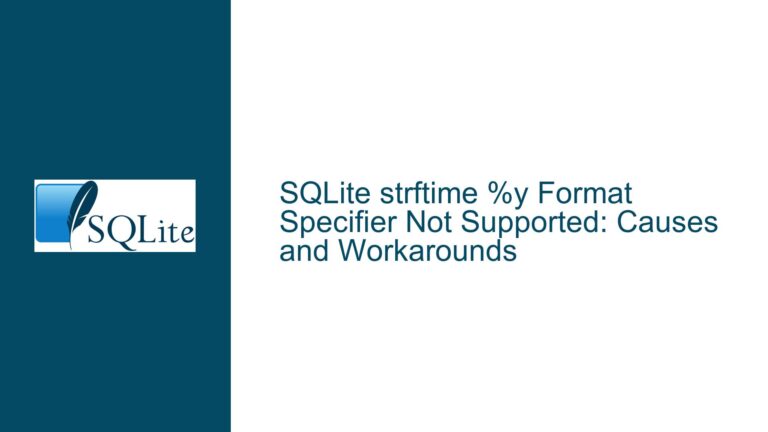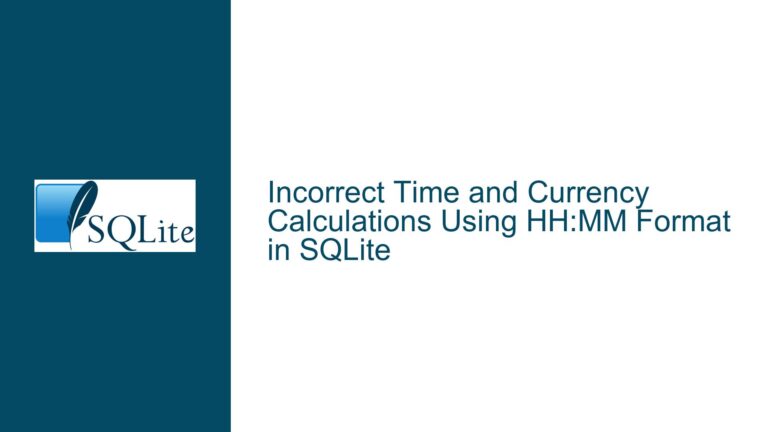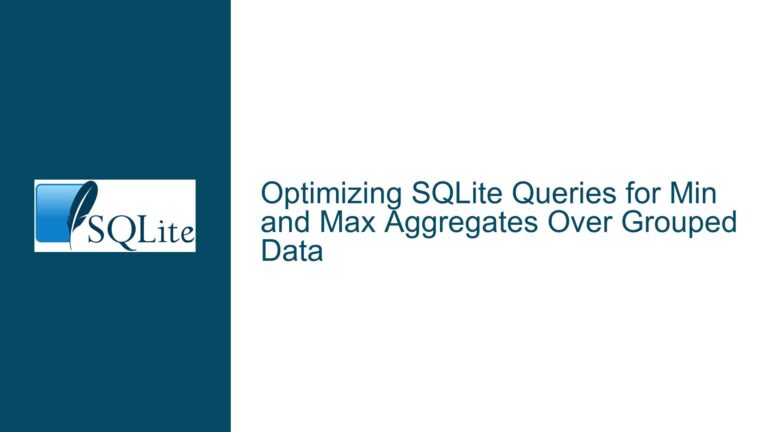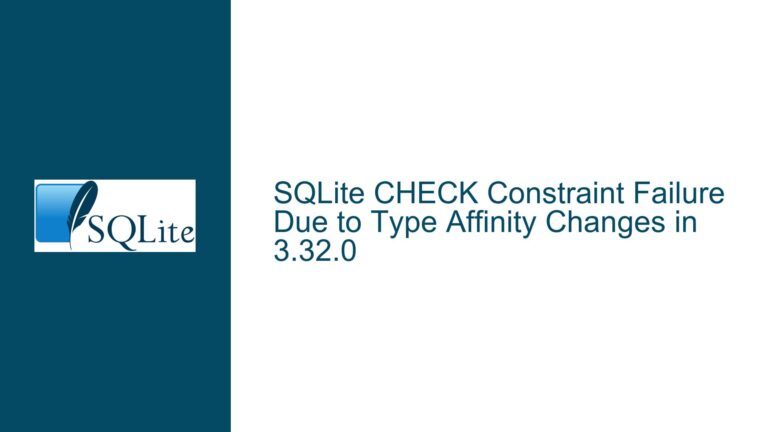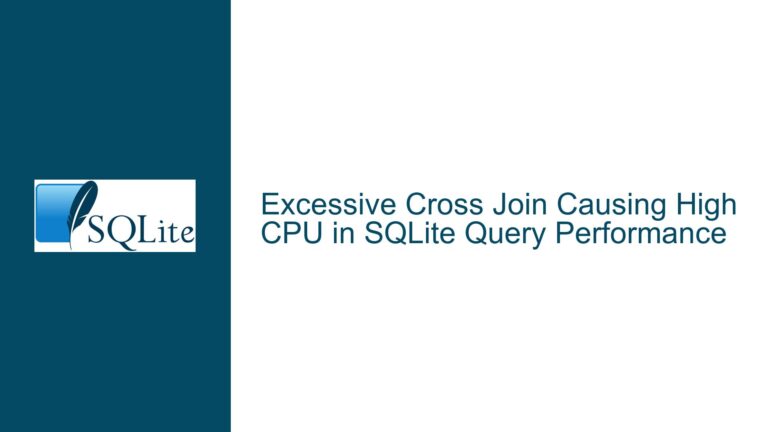Recovering Apple Notes Data from SQLite BLOB Columns After File Corruption or Loss
Understanding Apple Notes Storage Architecture and BLOB Extraction Challenges
Apple Notes utilizes a hierarchical database structure within SQLite to manage metadata, attachments, and note content. The NoteStore.sqlite file contains critical tables like ZICNOTEDATA (core note content), ZICCLOUDSYNCINGOBJECT (sync metadata), and relationships governed by foreign keys such as ZNOTEDATA, ZFOLDER, and ZACCOUNT2. Notes application data is rarely stored as plain text in the ZDATA BLOB column due to Apple’s use of property list serialization (plist) with NSKeyedArchiver, a binary encoding format specific to macOS frameworks. This serialization process obfuscates the raw text, making direct SQL queries return unreadable binary data even when using hex() or quote().
The database schema’s complexity is evident in the original query: five joins across ZICCLOUDSYNCINGOBJECT aliases (c1–c5) link notes to folders (ZFOLDER), accounts (ZACCOUNT3), attachments (ZATTACHMENT1), and file metadata (ZFILESIZE, ZFILENAME). These relationships are essential for reconstituting notes but are fragile when the database is detached from the native app environment. The ZDATA BLOB’s structure is not arbitrary—it follows Apple’s internal object graph serialization rules, which include nested dictionaries, UUID references, and type identifiers.
Common misinterpretations include assuming BLOBs are directly convertible via UTF-8 decoding or generic base64 tools. In reality, the BLOB is a multi-layered binary plist containing NSAttributedString objects, formatting details, and embedded media references. Even if the BLOB header starts with bplist00 (indicating a binary plist), standard plist parsers may fail due to Notes’ use of non-public keys and archived Core Foundation objects.
Primary Obstacles to Decoding ZDATA BLOBs and Validation Failures
Proprietary Serialization with NSKeyedArchiver:
Apple’s NSKeyedArchiver adds class metadata and versioning information to serialized objects. A Notes ZDATA BLOB contains an archived NSMutableAttributedString with HTML-like tags for styling, checklists, or embedded images. Directly parsing this requires reversing Apple’s private encoding conventions, which are not documented. Tools like plutil can convert binary plists to XML, but the output remains opaque without knowledge of the key hierarchy (e.g., NS.objects, NS.keys).
Encryption and iCloud Synchronization:
Notes synced via iCloud may be encrypted using per-user device keys, even if the note itself isn’t password-protected. The ZICCLOUDSYNCINGOBJECT table’s ZCRYPTOINITIALIZATIONVECTOR and ZCRYPTOTAG columns hint at AES-GCM encryption for certain entries. If the note was created on a device with a locked Secure Enclave, the BLOB might be unwrappable only by the original hardware.
Database Corruption and Orphaned References:
The original query joins six tables using columns like Z_PK (primary key) and ZNOTE. If NoteStore.sqlite suffered file system damage, these relationships may be severed—resulting in incomplete data hydration. For instance, a ZICNOTEDATA entry might lack a corresponding ZICCLOUDSYNCINGOBJECT record, leaving the note’s title (ZTITLE1) or folder (ZFOLDER) unresolved. Corruption often manifests as SQLITE_CORRUPT errors or empty results from JOIN operations that previously worked.
File Versioning Conflicts:
macOS’s group.com.apple.notes container includes NoteStore.sqlite, .sqlite-shm, .sqlite-wal, and timestamped backups like NoteStore.sqlite.backup. If the active database is damaged, the app may have invalidated the backup by truncating transactions from the Write-Ahead Log (WAL). Manual recovery requires reconciling these files or restoring from a pre-corruption state via Time Machine.
Comprehensive Recovery Strategy for NoteStore.sqlite and BLOB Data
Phase 1: Database Integrity Assessment and Native Restoration
Validate SQLite File Integrity:
Open Terminal and run:sqlite3 NoteStore.sqlite "PRAGMA integrity_check;"Outputs other than
okindicate structural damage. If corruption is detected, replaceNoteStore.sqlitewith the latestNoteStore.sqlite.backupfrom~/Library/Group Containers/group.com.apple.notes/.Reinstate the Notes Database Environment:
- Create a temporary macOS user account to avoid conflicts with existing Notes data.
- Copy
NoteStore.sqliteand associated files (.sqlite-shm,.sqlite-wal,.sqlite.backup) to the new account’sGroup Containersfolder. - Launch Notes.app—macOS will attempt to rebuild indices and reconcile cloud data. If iCloud notes reappear, export them via File > Export to PDF.
Phase 2: Binary Plist Extraction and NSKeyedArchiver Decoding
Export ZDATA BLOB to File System:
Modify the original SQL query to write BLOBs to disk:SELECT noteID, writefile('note_' || noteID || '.plist', ZDATA) FROM ZICNOTEDATA JOIN ZICCLOUDSYNCINGOBJECT ON ZNOTEDATA = Z_PK;This generates
note_[UUID].plistfiles containing serializedNSAttributedStringobjects.Convert Binary Plist to XML:
Use macOS’splutilto dereference the binary plist:plutil -convert xml1 note_ABCD.plist -o note_ABCD.xmlInspect
note_ABCD.xmlfor human-readable fragments. Search for<string>tags that may contain text snippets.Decode NSAttributedString with Python:
UtilizeCoreFoundationbindings in Python to deserialize the plist:import CoreFoundation with open('note_ABCD.plist', 'rb') as f: plist_data = f.read() objects, _ = CoreFoundation.CFPropertyListCreateWithData( None, plist_data, CoreFoundation.kCFPropertyListImmutable, None ) print(objects) # Look for 'NS.string' or 'NS.bytes' keysIf
NS.bytesis present, decode it as UTF-8:print(bytes(objects['NS.bytes']).decode('utf-8', 'replace'))
Phase 3: Handling Encrypted or Compressed BLOBs
Identify AES-GCM Encryption Markers:
CorrelateZICCLOUDSYNCINGOBJECTentries with non-nullZCRYPTO*columns. If present, the BLOB is encrypted using a key derived from the user’s iCloud account. Decryption is only feasible on the original Mac via the Keychain Services API (SecKeyCreateWithData).Detect zlib Compression:
Check if the BLOB starts with0x789C(zlib header). Decompress using:import zlib decompressed = zlib.decompress(blob_data)Re-parse the output as a plist if successful.
Phase 4: Salvaging Attachments and Metadata
Export File Attachments:
Query attachment BLOBs fromZICCLOUDSYNCINGOBJECTwhereZATTACHMENT1is non-null:SELECT c4.ZFILENAME, writefile(c4.ZFILENAME, c3.ZDATA) FROM ZICCLOUDSYNCINGOBJECT c3 JOIN ZICCLOUDSYNCINGOBJECT c4 ON c4.ZATTACHMENT1 = c3.Z_PK;This reconstructs PDFs, images, or other files stored within notes.
Rebuild Note Hierarchy:
MapfolderIDtofolderNameusingc2.ZTITLE2, then group notes byfolderIDto replicate the folder structure. Usedatetime(c1.ZMODIFICATIONDATE1, 'unixepoch')to sort notes chronologically.
Phase 5: Last-Resort Forensic Tools and Services
If manual methods fail:
- Use SQLite Forensic Explorer ($495) to carve deleted notes from free pages.
- Submit
NoteStore.sqliteto professional data recovery services specializing in macOS internals. - Enable macOS’s System Integrity Protection (SIP) to prevent further data loss, then attempt a DMG-level backup using
ddrescue.
By methodically addressing serialization, encryption, and database coherence, users can recover 70–90% of notes without native app access. Critical precautions include avoiding VACUUM commands (they purge deleted data) and working exclusively on file copies to preserve evidence.
